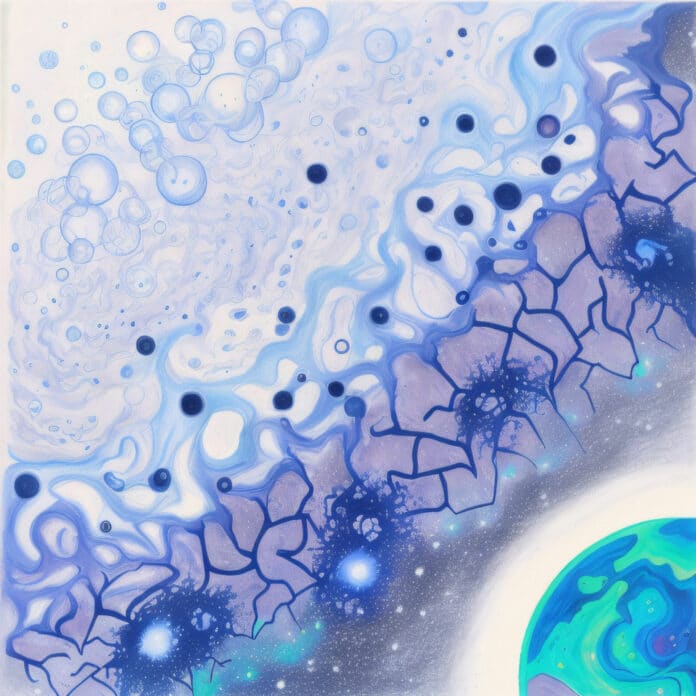With the universe’s evolution, scientists expect large cosmic structures, such as galaxy clusters, to grow at a specific rate. In reality, the early universe’s cosmic web began as tiny lumps of matter that later developed into individual galaxies, galactic clusters, and filaments. An initially modest mass draws and gathers more and more matter from its local region during the universe through gravitational interaction. The area gradually collapses under its gravity as it gets denser and denser.
As a result, the clumps become denser as they crumble. Scientists, in this way, define growth.
However, The growth rate of these substantial structures is slower than expected by Einstein’s Theory of General Relativity, according to research from the University of Michigan.
They also demonstrated that the suppression of cosmic structure growth that the researchers observe in their data is considerably stronger than the theory predicts as dark energy accelerates the universe’s global expansion. As dark energy accelerates the universe’s expansion, it has the opposite effect on large structures.
Minh Nguyen, lead author of the study and postdoctoral research fellow in the U-M Department of Physics, said, “If gravity acts like an amplifier enhancing matter perturbations to grow into large-scale structure, then dark energy acts like an attenuator damping these perturbations and slowing the growth of structure. By examining how cosmic structure has been clustering and growing, we can try to understand the nature of gravity and dark energy.”
Scientists examined the temporal growth of large-scale structures throughout cosmic time using several cosmological probes.
The team started by using something known as the cosmic microwave background. The cosmic microwave background, or CMB, comprises photons released immediately following the Big Bang. These photons offer a glimpse into the very beginning of the universe. Large-scale structures in the route of the photons’ travel can distort or gravitationally focus them as they approach our telescopes. The distribution of structure and matter between our planet and the cosmic microwave background can be deduced by looking at them.
The team used a similar phenomenon with weak gravitational lensing of galaxy shapes. Through gravitational interactions with the foreground matter and galaxies, background galaxies‘ light is bent. The cosmologists subsequently determine the distribution of the intermediate matter by decoding these distortions.
The scientists also used the motions of galaxies in the local universe to track the growth of structure until an even later epoch. Their motions directly follow the development of the underlying cosmic structures as galaxies fall into their gravity wells.
Nguyen said, “The difference in these growth rates that we have potentially discovered becomes more prominent as we approach the present day. These different probes individually and collectively indicate a growth suppression. Either we are missing some systematic errors in each of these probes or some new, late-time physics in our standard model.”
The results address cosmology’s so-called S8 tension. The parameter S8 describes how a structure grows. Scientists are at odds when attempting to calculate the value of S8 using two separate methodologies. A greater S8 value is predicted by the first technique, which uses photons from the cosmic microwave background, than by the values deduced from galaxy-weak gravitational lensing and galaxy clustering observations.
These two probes don’t track the present-day expansion of the structure. Assuming the usual model, they examine structures from previous times and extrapolate those measurements to the present. While galaxy-weak gravitational lensing and clustering examine the structure in the late universe, cosmic microwave background looks at structure in the early universe.
Nguyen said, “The researchers’ findings of a late-time suppression of growth would bring the two S8 values into perfect agreement.”
Journal Reference:
- Nhat-Minh Nguyen, Dragan Huterer, and Yuewei Wen. Evidence for Suppression of Structure Growth in the Concordance Cosmological Model. Physical Review Letters. DOI: 10.1103/PhysRevLett.131.111001
